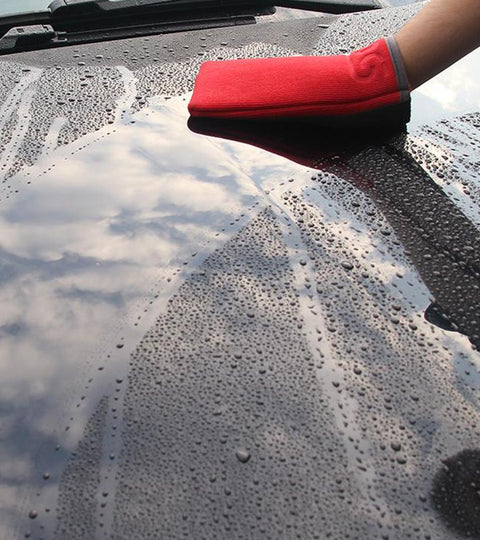Treatment method for car paint oxidation car paint cracking car paint fade
First, the annual exposure of car paint oxidation sunlight is the main reason to shorten the paint life. Ultraviolet light in the sun will eventually cause the automotive coating to oxidize. If the car body is still dripping with water when it is exposed to the sun, the oxidation rate will increase much faster.
Countermeasures: How to treat car paint oxidation? If it is slightly oxidized, it can be removed with wax. Once the oxidation is severe, it must be ground and polished.

Second, car paint crack If your car is a metal paint, then it is necessary to pay attention to prevent cracking paint. This is a very subtle crack that will continue to penetrate the car paint until it "breaks through" the entire paint layer. The initial cracks are hard to find. When the naked eye can detect it is already serious. When waxing and polishing, you will find that there is a stripe in the body, because there is car wax in the cracks. Due to the quality of the spray paint, the resin in the paint will also crack due to "shrinkage." This "skin disease" can only be cured by repainting.
Countermeasures: Regular waxing is a good way to reduce cracks. When cracks are still in the bud stage, the wax can throw away cracks that are invisible to the naked eye.
Third, the car paint fading fumes and pollutants in the atmosphere is the main cause of car paint fading, discoloration, especially in industrial areas and large cities. Fading and discoloration generally occur in the front cover, roof, and back cover of a vehicle body. This discoloration and oxidation are different: When oxidized, the entire body becomes black and white, and when it fades, uneven paint color appears in the paint. The discoloration of metallic paint is caused by the corrosion of aluminum foil in metallic paint by dust, acid in the rain, and alkalis. The paint is caused by the chemical reaction of the pigments in the paint with the above-mentioned contaminants, resulting in a change in color, sometimes with pitting marks.
Responsive measures: To prevent car paint fading, diligent waxing is of course indispensable. In addition, diligent car washing can also reduce fading, and mild fading can be treated by waxing and polishing. Moderate discoloration can be treated with grinding and must be repainted when severe.
Fourth, the car paint water marks Almost all kinds of car paint may appear water marks, or called water lines. The water mark is in the form of a ring, which is a trace left after evaporation of water droplets. The chemical substances in the water mark will continue to chemically react with the car paint when the body heats up under sunlight, thereby increasing the "condition". Oxygenated cars, commonly used car washing cars and cracked cars are more susceptible to water scars.
Countermeasures: When the water mark is slight, waxing and polishing can be removed. In severe cases, grinding or painting is required.

Fifth. What is the difference between car paint corrosion pits and water scars? The water mark phenomenon occurs in the circle of water droplets, which is in a ring shape, while the erosion mark is a piece of the entire water drop, rather than a circle. Birds and insect relics, leaves, and tar pitches can cause pitting. These substances react chemically with paintwork and begin to infiltrate. They penetrate much faster than water marks.
Responsive measures: Generally only by painting to remove paint scratches, only a very slight can be used to solve the grinding and polishing. Commonly used advanced wax polish paints help prevent the appearance of pitting marks.


0 Comments
There are no comments yet. Be the first one to post one!